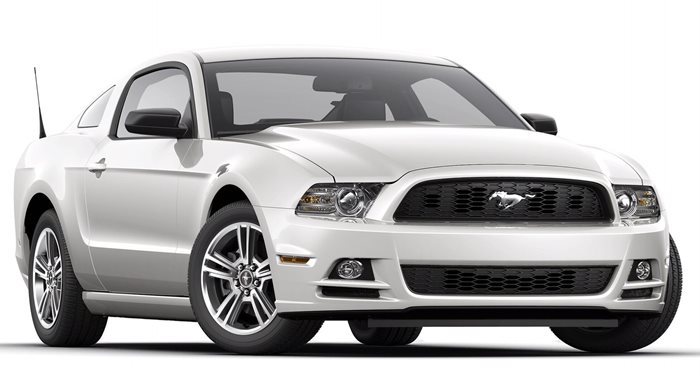Honda's J30A is also of all-aluminum construction using single overhead cams with four valves per cylinder and VTEC variable valve timing. Usually, this is a dependable engine, but a few J30 V6 engine problems include a clogged exhaust-gas recirculation (EGR) valve and electrical problems such as a weak alternator and alternator fuse. You can also expect high oil consumption and oil leaks to occur.
A clogged EGR valve or throttle-body problems in the 2003 to 2007 Honda Accord will result in acceleration problems, a decline in engine performance, and fuel-consumption and emissions problems. If any of these issues occur, you will need to have the part cleaned. You may also experience problems with the gas cap and refueling/pumping gas, calling for a new gas cap.
The J30A's alternator is known to fail sooner than is usual. Common symptoms include starting failure despite a long driving distance to charge the battery, a whining noise when trying to start, stalling, and a battery warning-light problem at startup. If any of these happen, you will need to have the alternator replaced.
As the J30A covers distance, it may start to develop oil leaks. It may also start to consume oil but it will likely not be in excessive amounts. If this starts to happen, it might be because of a stuck PCV valve. As a result of this, you can expect dirty spark plugs, low oil levels, and a smoking exhaust. Generally, high oil consumption and oil leaks can be delayed with routine maintenance, including frequent engine oil changes and PCV-valve services.
Like the Accord's K24A, the J30A does not employ hydraulic lifters for the valves. It also features a timing belt. The valve clearances need to be checked at 30,000-mile intervals and adjusted if they're noisy. You should also replace the belt and water pump at 60,000 miles. Make sure that the water pump is routinely inspected. Seeing that it runs on the car's timing belt, its failure will cause major damage to the engine.
Mileage: The EGR and PCV valves are likely to start getting clogged at around 120,000 miles. Alternator failure can start as soon as 100,000 miles.
Cost: Having the EGR valve cleaned out should cost about $100. A new alternator may cost about $780. Replacing a dirty or worn PCV valve may cost around $150.
How to spot: A dirty EGR valve will result in poor acceleration, a decline in engine performance, and bad fuel consumption. A bad alternator will lead to a flat battery and the car not being able to start, a whining noise when trying to start the car, the engine stalling, and a battery warning light.















 Acura
Acura
 Alfa Romeo
Alfa Romeo
 Aston Martin
Aston Martin
 Audi
Audi
 Automobili Pininfarina
Automobili Pininfarina
 Bentley
Bentley
 BMW
BMW
 Bollinger
Bollinger
 BrightDrop
BrightDrop
 Bugatti
Bugatti
 Buick
Buick
 Cadillac
Cadillac
 Caterham
Caterham
 Chevrolet
Chevrolet
 Chrysler
Chrysler
 Dodge
Dodge
 Ferrari
Ferrari
 Fiat
Fiat
 Fisker
Fisker
 Ford
Ford
 Genesis
Genesis
 GMC
GMC
 Gordon Murray Automotive
Gordon Murray Automotive
 Hennessey
Hennessey
 Honda
Honda
 Hyundai
Hyundai
 Ineos Automotive
Ineos Automotive
 Infiniti
Infiniti
 Jaguar
Jaguar
 Jeep
Jeep
 Karma
Karma
 Kia
Kia
 Koenigsegg
Koenigsegg
 Lamborghini
Lamborghini
 Land Rover
Land Rover
 Lexus
Lexus
 Lincoln
Lincoln
 Lordstown
Lordstown
 Lotus
Lotus
 Lucid Motors
Lucid Motors
 Maserati
Maserati
 Mazda
Mazda
 McLaren
McLaren
 Mercedes-Benz
Mercedes-Benz
 Mini
Mini
 Mitsubishi
Mitsubishi
 Nissan
Nissan
 Pagani
Pagani
 Polestar
Polestar
 Porsche
Porsche
 Ram
Ram
 Rimac
Rimac
 Rivian
Rivian
 Rolls-Royce
Rolls-Royce
 Spyker
Spyker
 Subaru
Subaru
 Tesla
Tesla
 Toyota
Toyota
 VinFast
VinFast
 Volkswagen
Volkswagen
 Volvo
Volvo